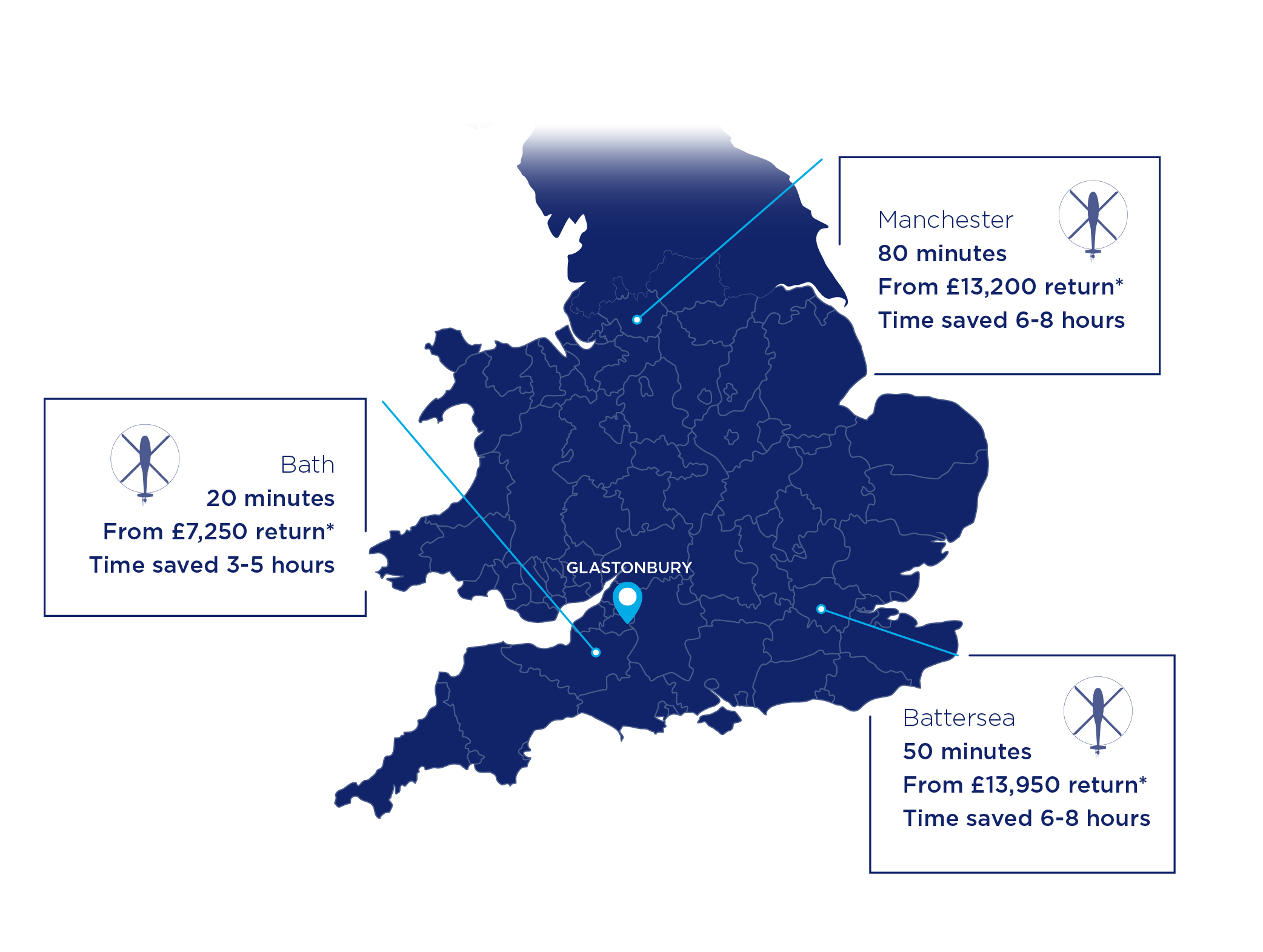Is Manila Bay's Revival Sustainable? A Look At Its Future

Table of Contents
Environmental Challenges to Manila Bay's Sustainable Revival
The environmental hurdles to Manila Bay's long-term health are significant and multifaceted. Continued vigilance and proactive strategies are essential to maintaining the progress achieved.
Persistent Pollution
Despite improvements, pollution continues to threaten Manila Bay's ecosystem. Ongoing sources include:
- Industrial Discharge: Untreated or inadequately treated wastewater from factories and industrial plants releases heavy metals, chemicals, and other pollutants into the bay.
- Agricultural Runoff: Fertilizers and pesticides from agricultural lands contaminate the water, leading to eutrophication and harming marine life.
- Sewage: Inadequate sewage treatment infrastructure results in raw sewage entering the bay, carrying disease-causing pathogens and organic pollutants.
While water quality has improved in certain areas, significant challenges remain. For example, recent studies show elevated levels of coliform bacteria in some parts of the bay, indicating persistent fecal contamination. Stricter government regulations and robust enforcement are crucial to curb industrial discharge and improve sewage treatment capabilities. The Department of Environment and Natural Resources (DENR) plays a vital role here, needing to increase monitoring and penalties for violations.
Climate Change Impacts
The impact of climate change further complicates Manila Bay's revival. Rising sea levels threaten coastal communities and ecosystems, while more frequent and intense extreme weather events (typhoons, storm surges) can reverse cleanup efforts. Ocean acidification, caused by increased carbon dioxide absorption, also poses a threat to marine life, particularly shellfish and coral reefs.
- Rising Sea Levels: Increased inundation of low-lying coastal areas.
- Extreme Weather Events: Increased erosion and pollution from storm surges and flooding.
- Ocean Acidification: Damage to coral reefs and shellfish populations.
Adaptation and mitigation strategies, including improved coastal defenses, sustainable land management practices, and reduced carbon emissions, are essential to protect Manila Bay from the escalating threats of climate change.
Biodiversity and Ecosystem Health
Rebuilding Manila Bay's biodiversity is a long-term process. While some positive signs exist, such as the return of certain fish species, significant challenges remain in restoring the bay's ecological balance.
- Successful Repopulation Efforts: The introduction of new mangrove forests and the observed increase in certain fish populations indicate some success.
- Ongoing Challenges: The recovery of endangered species and the restoration of degraded habitats require sustained effort.
- Citizen Science Initiatives: Community involvement in monitoring and data collection is invaluable in assessing the health of the bay’s ecosystem.
Protecting key habitats, such as mangrove forests and seagrass beds, is vital for supporting marine life and promoting biodiversity. Community-based monitoring programs and citizen science initiatives can play a crucial role in tracking progress and identifying areas needing attention.
Socio-Economic Factors Affecting Sustainability
The sustainable revival of Manila Bay is inextricably linked to socio-economic factors. Balancing economic development with environmental protection is paramount.
Tourism and Economic Development
A healthy Manila Bay presents significant economic opportunities, particularly in the tourism sector. A thriving bay can attract tourists, supporting numerous businesses:
- Tourism-related Businesses: Hotels, restaurants, tour operators, and recreational activities all directly benefit from a clean and healthy bay.
- Economic Growth vs. Environmental Protection: Careful planning is needed to ensure tourism development doesn't compromise the bay’s environmental health.
- Sustainable Tourism Practices: Promoting eco-tourism initiatives and responsible waste management are crucial for long-term sustainability.
Community Involvement and Awareness
Local communities are crucial to the long-term success of Manila Bay's revival. Their participation in cleanup efforts, environmental monitoring, and responsible waste management is vital.
- Community-based Initiatives: Local groups actively involved in beach cleanups and mangrove planting.
- Environmental Education Programs: Educating communities about the importance of protecting Manila Bay.
- NGO Involvement: Non-governmental organizations play a significant role in community engagement and advocacy.
Governance and Policy
Effective governance and well-enforced policies are essential for sustaining Manila Bay's revival. This includes:
- Successful Policies: The creation of the Manila Bay rehabilitation program represents a positive step.
- Areas Needing Improvement: Strengthening enforcement mechanisms and inter-agency coordination is crucial.
- International Cooperation: Seeking international support for funding and technical expertise.
Long-Term Sustainability Strategies for Manila Bay
A holistic, multi-faceted approach is necessary to ensure the long-term sustainability of Manila Bay's revival.
Integrated Coastal Zone Management (ICZM)
Implementing a comprehensive ICZM plan is critical for coordinating the various aspects of Manila Bay's management, balancing environmental protection with economic development and social needs. This includes:
- Key Elements of ICZM: Integrated planning, stakeholder participation, environmental monitoring, and adaptive management.
- Successful ICZM Programs: Learning from successful ICZM initiatives in other regions.
Investing in Sustainable Infrastructure
Significant investment in sustainable infrastructure is vital for long-term success. This includes:
- Wastewater Treatment Plants: Modernizing and expanding existing facilities.
- Waste Management Facilities: Improving solid waste management and recycling infrastructure.
Fostering Collaboration and Partnerships
Effective collaboration between government agencies, local communities, NGOs, and the private sector is essential. Success hinges on shared responsibility and commitment.
- Successful Partnerships: Highlighting examples of successful collaborations and knowledge-sharing initiatives.
Securing the Future of Manila Bay's Revival
Sustaining Manila Bay's revival requires addressing persistent pollution, mitigating climate change impacts, and fostering strong community involvement. A holistic approach, encompassing environmental protection, economic development, and effective governance, is vital. The long-term benefits of a healthy Manila Bay—a cleaner environment, a thriving economy, and stronger communities—are immeasurable. Let's work together to ensure the continued success of Manila Bay's revival! Learn more about ongoing initiatives and find ways to support sustainable practices in the Manila Bay area. Your involvement can make a difference!

Featured Posts
-
 25 Mal For Dolberg Analyser Af Et Potentielt Chokskifte
May 30, 2025
25 Mal For Dolberg Analyser Af Et Potentielt Chokskifte
May 30, 2025 -
 Conciertos Bad Bunny Venta De Entradas En Ticketmaster Y Live Nation Madrid Barcelona
May 30, 2025
Conciertos Bad Bunny Venta De Entradas En Ticketmaster Y Live Nation Madrid Barcelona
May 30, 2025 -
 Analise Do Desempenho De Bruno Fernandes No Manchester United
May 30, 2025
Analise Do Desempenho De Bruno Fernandes No Manchester United
May 30, 2025 -
 Find Glastonbury 2025 Resale Tickets Dates Times And Price Information
May 30, 2025
Find Glastonbury 2025 Resale Tickets Dates Times And Price Information
May 30, 2025 -
 Steffi Graf Auf Instagram Diese Stars Folgen Ihr
May 30, 2025
Steffi Graf Auf Instagram Diese Stars Folgen Ihr
May 30, 2025
